Chinese New Year, also known as the Spring Festival, is a time-honoured tradition filled with rich customs, vibrant celebrations, and profound symbolism. As the Lunar New Year dawns upon us, we eagerly anticipate the arrival of the Year of the Dragon, a symbol of strength, prosperity, and good fortune.
Join us as we embark on a journey to explore the significance of the Year of the Dragon and discover the customs and traditions that define this auspicious occasion.
Rise of the Dragon
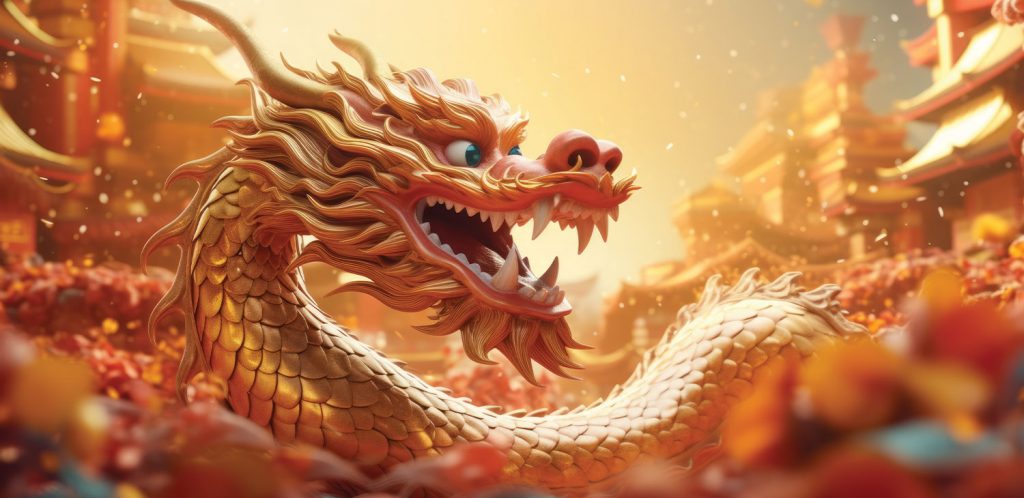
A revered mythical creature deeply entrenched in countless folklores, dragon holds significant importance in Chinese culture, symbolising power, wisdom, and good fortune that captivates one’s imagination and inspires awe. This mystical association often sparks trends in birth rates within Chinese-descendant families, as they seek to imbue their children with the revered qualities attributed to the dragon.
Fun Fact: Did you know that the dragon is the sole mythical creature to feature in the 12 Chinese zodiac signs? Revered for its power, wisdom, and auspicious nature, the dragon symbolises strength and prosperity in Chinese culture, making it a prominent and cherished emblem of the zodiac.
The Celebration
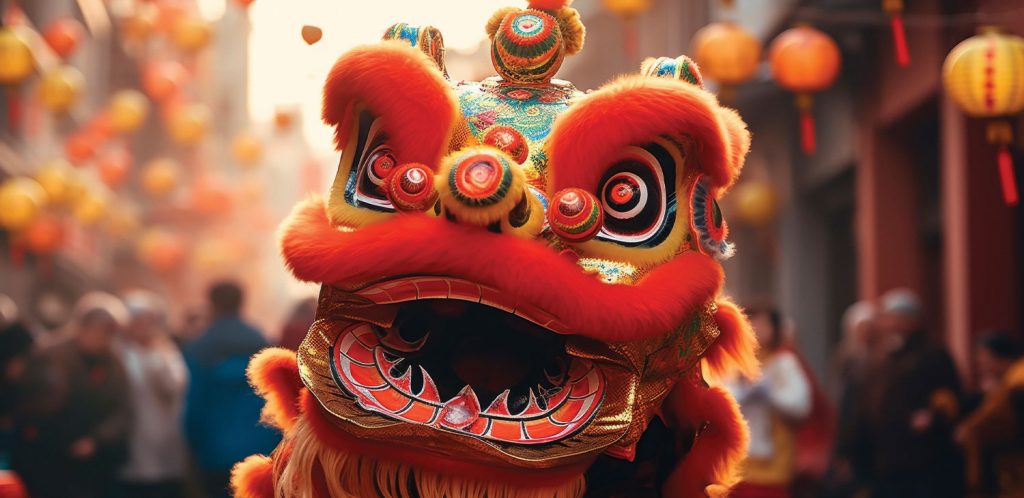
The New Year celebration revolves around the symbolic act of bidding farewell to the old and negative while embracing the new and positive. It serves as a pivotal moment for honoring ancestors, purging evil spirits, and seeking blessings for a prosperous future, including a bountiful harvest.
Today, Chinese New Year is celebrated not only within China but also by Chinese communities worldwide. Vibrant festivities abound, including mesmerising lion and dragon dances, bustling temple fairs, and lively flower market shopping. These rich and colorful activities reflect the enduring traditions and cultural heritage cherished by Chinese communities around the globe.
Binding Reunion
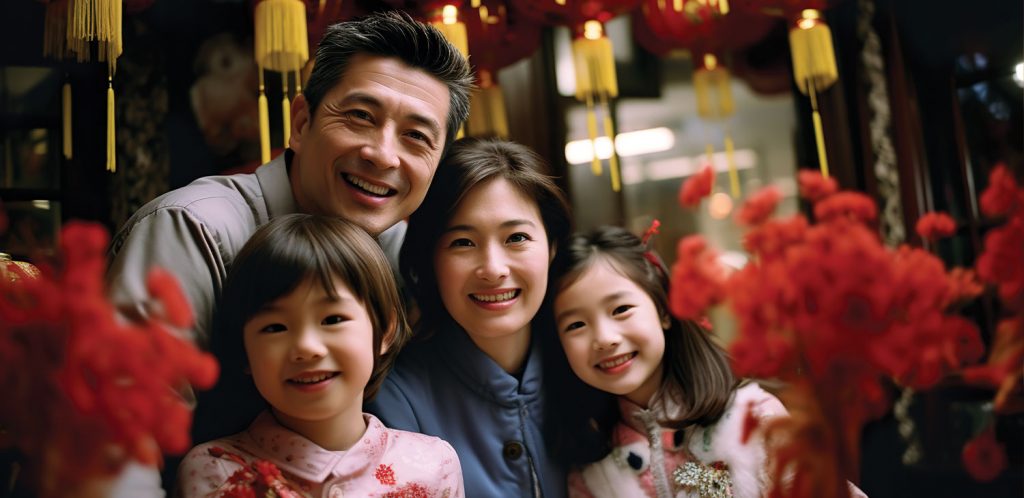
The New Year holds profound significance as a time for family reunions, prompting many who live or work far away to return home before the holiday. In China, this annual mass migration is known as Chun Yun (春运) or “Moving in the Spring,” where tens of millions of people travel across the country to reunite with their loved ones.
Throughout the reunion, the red envelope, known as Hong Bao (红包), is exchanged as a symbol of good luck and prosperity. There are specific rules and customs associated with giving and receiving red envelopes, some that are worth mentioning include:
• Only clean and crisp money must be inserted.
• Giver must be married.
• The amount must never contain number 4, as the number is closely associated with death.
• Red envelope must be received with both hands and must never be opened in front of the giver.
Across Generation
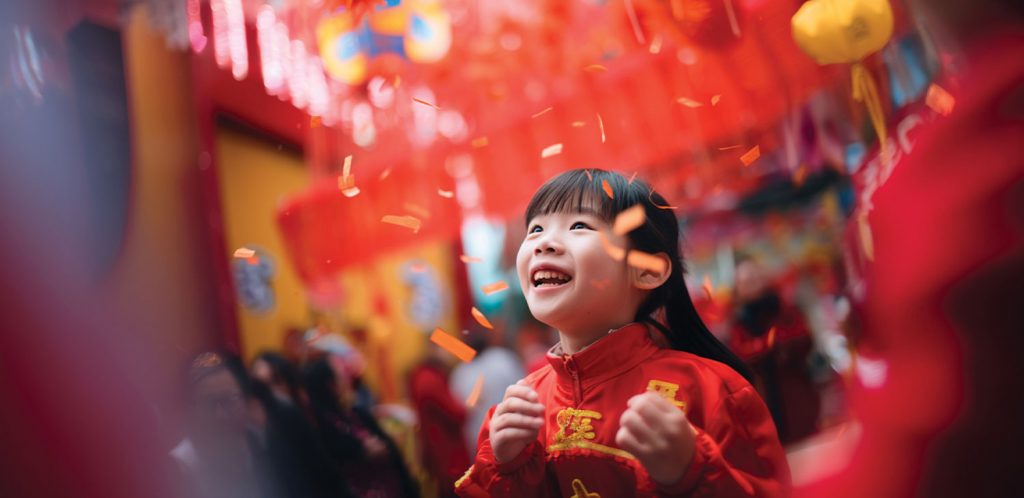
Chinese New Year serves as a poignant reminder of the timeless values and traditions that bind families and communities together, fostering a profound sense of harmony and togetherness. Across generations, these customs evoke a shared heritage and collective identity, creating a sense of belonging and connection that transcends time and space. From the joyous reunions of family members to the spirited festivities shared among neighbours and friends, Chinese New Year cultivates a spirit of unity and solidarity, embodying the enduring bonds that enrich our lives and strengthen our communities.

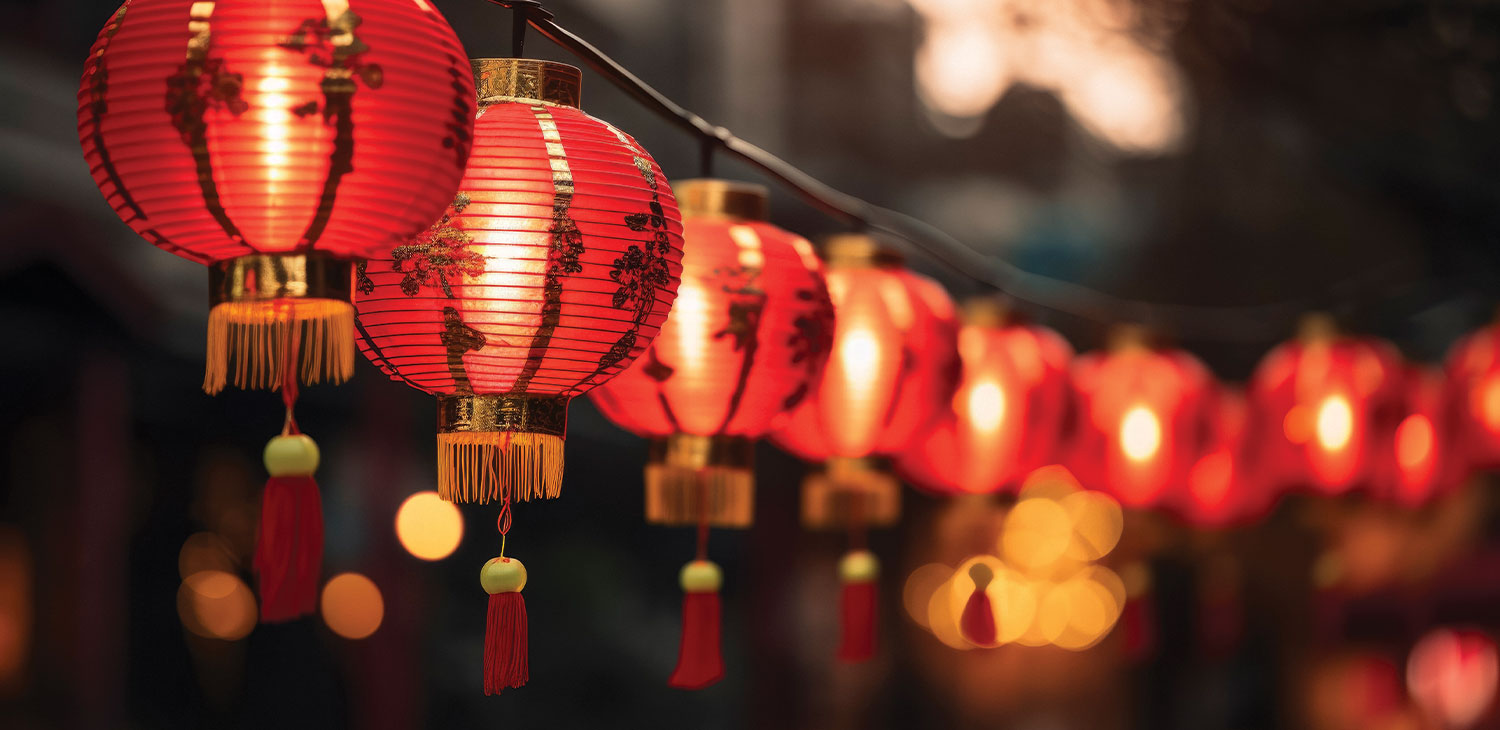
No comments